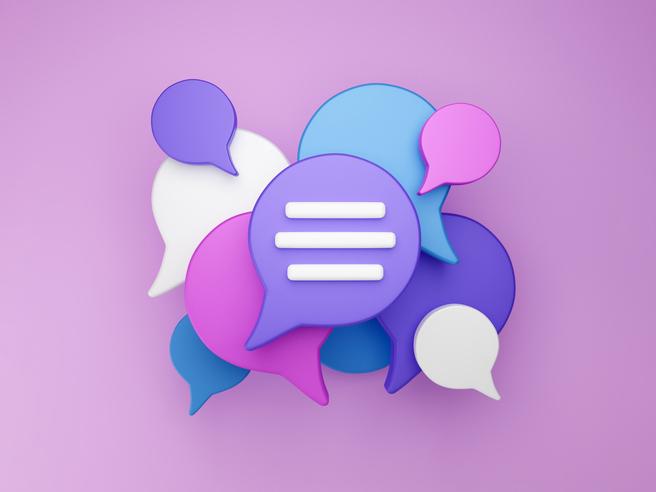
Thinking in action: training students in decision-making

Many students receive no systematic academic training regarding how to make well-informed decisions. The best decision makers are inclusive, open-minded individuals who can theorise and evaluate diverse perspectives and materials. This involves conversations spanning many disciplines, analytical perspectives, and guiding criteria in order to form connections, intersections and integrations. Students must learn to recognise associated constraints and conflicts relating to different potential choices.
The ability to reason and weigh up or make sense of influencing factors will help students tackle everything from small personal choices to large complex societal issues. The most accessible way to guide such thinking in action is by presenting students with real-world challenges and encouraging them to form viable solutions.
- How to teach critical thinking to beginners
- Tips for spurring critical thinking among students online
- Boosting student motivation through course design
In class, invite students to form small groups and explore an issue from a specific culture, region or country. They need to analyse its causes and impacts, and propose suitable solutions. Crucially, they need to convince the audience – their classmates – that their proposed policy is the most viable out of the many alternatives. Students must decide on the desirable outcomes and find practical means of achieving them. Here are four effective routes for analysis in which to guide students:
Revisiting historic lessons and implications
Students often lack a chronological perspective when analysing an issue, which risks them undermining or missing important aspects, or replicating previous mistakes. While it is important to look for up-to-date information, teachers must encourage students to pay attention to past events. They need to chart the historic development of relevant topics in order to understand how the current situation arose and thus the likely impact of proposed solutions and why they could face resistance.
Teachers can ask students to conduct an extensive literature search on both primary and secondary sources. For primary sources, they need to consult the original government discussion minutes, consultation documents and policy papers. While for secondary sources, they can explore the research reports, academic literatures and opinion pieces. Students need to piece together a scramble of data and sources into a holistic and coherent story. They then form a timeline depicting how the issue has evolved with key milestones or turning points.
Identifying opportunities for collaboration and cooperation
When looking at a contemporary situation, students need to coordinate and balance different or conflicting interests and viewpoints among stakeholders. The polarised mindset dominating current society hinders individuals’ ability to strike a balance and resolve tensions. On many issues, two sides take extreme positions with competing concerns, which hinders attempts at reconciliation or achieving consensus.
To better understand the key stakeholders’ stances, invite students to collect “data” from quantitative and qualitative means, such as distributing surveys and conducting interviews. This gives them first-hand information about diverse perceptions. They can then prepare a mind map detailing the varied views, giving a sense where the differences lie and where they can find common ground. This can help them find ways to align, balance and reconcile.
Mapping out the action plan
Students need to work out an effective action plan broken up into relevant stages and supporting strategies. This needs to consider any constraints or risks in the plans, especially whether they could be overcome and in what ways.
To develop a feasible solution, ask students to come up with a list of alternative proposals and different options with the respective pros and cons stated, as well as the appropriate and relevant risk assessments conducted. Students should consider as many realistic and viable alternatives as possible then narrow down to the most relevant and workable. They should explain their reasoning for selection and exclusion.
Appreciating diverse perceptions and assumptions
Many complex problems cannot be solved through isolated efforts. It is important for students to exchange ideas with one another and search for solutions that go beyond their own vision of what is possible. This involves respecting different cultures and world views. One student’s perception of a problem may not be the same as their peers, and their underlying values and priorities will not necessarily align. Students must learn to critically reflect on their own narratives in order to unlearn and reframe thoughts.
When students draft raw ideas into a concrete plan, they should discuss the process. Their plans should be presented to the rest of the class for peer review. To make comments specific and focused, students are asked to summarise each group’s idea, looking at logical consistency, validity of assumptions, and relevance and quality of evidence offered by their work. This helps students learn from one another and refine their work.
Adrian Man-Ho Lam is a course tutor teaching the interdisciplinary Common Core Curriculum at the University of Hong Kong.
If you found this interesting and want advice and insight from academics and university staff delivered direct to your inbox each week, sign up for the THE Campus newsletter.


